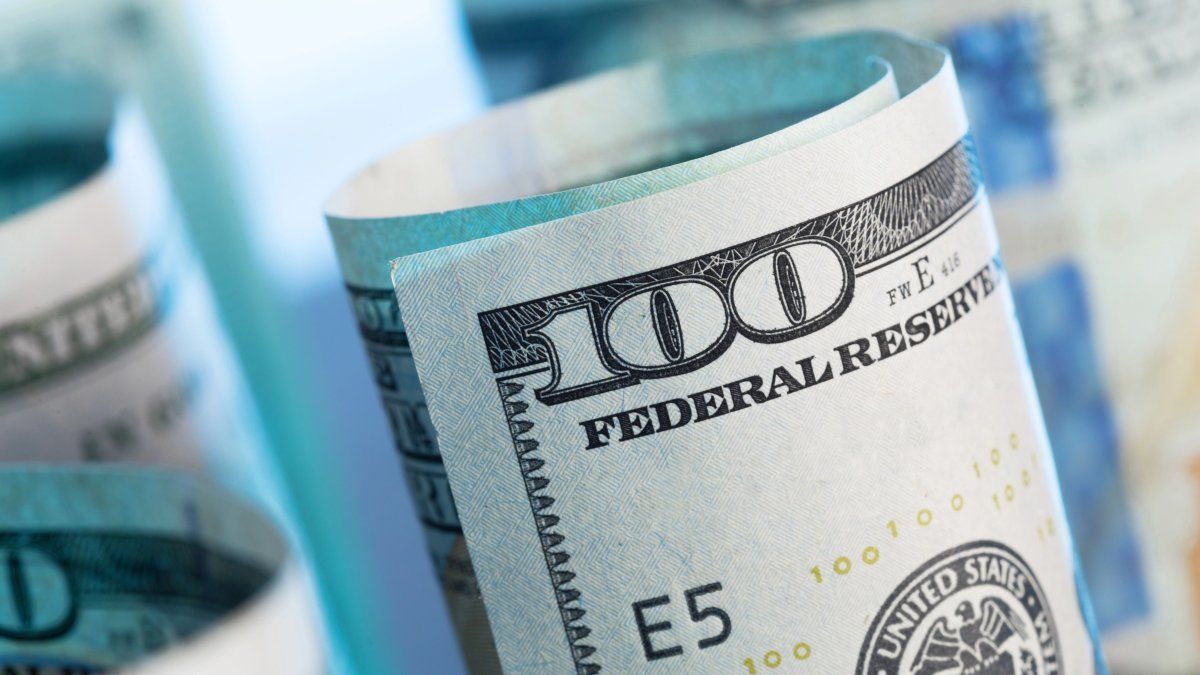The rally brings together five months of progress. The Stock Market makes its way without opposition. Too good to last?
Wall Street brought the best report card for the first three months of the year since 2019. It’s seeing is believing. The S&P 500 index rose 10.1%. It closed at new absolute highs (after breaking 22 records so far in 2024). The Dow Jones Industrial (+5.6%) and the Nasdaq (Composite: +9.11% and 100: +8.49%) are also rubbing shoulders at new peaks. The bull market finally settled at ease. It no longer sports the very thin silhouette of a vertical dagger. The 7 Magnificent Stocks had their circumstantially disgraced angel, Tesla, without ruining the show. A larger participation was present. The mundane, non-technological middle and lower “classes” joined the rotation. The S&P MidCap 400 climbed 9.52% and also stuck its spike at the top. The Russell 2000, the caboose of small companies, rose 4.81%. It still has a distance close to 8% to reach its 2021 maximum.
The content you want to access is exclusive to subscribers.
Two aspects to highlight. One, the current leg of the rally is a blowout that began in November. In other words, he has made five months of progress and although he does not show fatigue, it is worth taking it into account. The S&P 500, cumulatively, has already climbed 25%. Two, this avalanche of records is not due to unlimited liquidity like its precursors. It is not the daughter of zero rates. The rod of fed funds It remained unchanged at 5.5%, at altitudes that it had not visited since 2011 and where it set up camp eight months ago.


Wall Street did not need the intervention of the FED. The rate cut that markets (in December) anticipated for March soon fell off the radar. The debut of the pruning shears will not occur before June. And it will most likely be later (or not at all) unless inflation lowers its back as it did not do in January or February. Or unless the economy abruptly drops a change as threatened at the end of 2023 and then did not materialize. After the jump in the consumption of physical goods in February (+0.5% and +1.4% in the durable goods line), a very unlikely scenario. Wall Street, you might say, has the FED’s dot map at its heart. He intones the promise of a rate reduction even if it is not fulfilled and its realization is postponed.
The FED will extend the standby mode even though stocks, not
The Stock Market makes its way without opposition. Too good to last? What could go wrong? Inflation is still the official priority of the FED, which is convinced of lowering rates (Powell said on Friday), but still requires more evidence of its docility. What would happen if it bounced back and got steeper again? Far from being a hypothesis, it was the reality of January and February. And apparently, that imperfection did not disturb the progress either. Consumer spending inflation – the measure that guides the FED – and its core version – its best predictor – both fell within the 2% goal at the end of last year (taking three-month moving averages). And now they have returned to their old ways well above 3%. Powell did not acknowledge receipt. Wall Street, less so. The FED did not overreact then, he said, and it will not do so now. It retains in its plans the itinerary of three rate cuts for 2024. But there is no rush to execute them, Governor Chris Waller and the aforementioned Powell recited in chorus.
The FED will extend the standby mode although stocks will not. We already saw, they rise the same. The thing is that, in parallel, the solidity of activity slows down the FED but is a plus for the Stock Market. GDP growth in 2023 restored the profitability of corporations with increasing vigor (+3.4% in the third quarter and +4.1% in the fourth), according to national accounts. The wait is well paid.
There are many things that can go wrong when investors get a taste of the boom and don’t suffer from vertigo. A market that was overbought the entire quarter can continue or correct suddenly due to a triviality. The offensive of the last five months can be explained like this: as a sustained increase in the multiples paid for each dollar of future earnings. What was worth $17 in November closed at $20.9 in March. If rates go down, fine. But if lowering them is not necessary, even better. There are no objections to a healthy economy. After all, the bull market is the fruit of a recession that did not happen. Of course, if rates remain the same, so will the projections of increased profits. The S&P500 is enjoying a predicted growth path of 11% this year and 13% in 2025.
Source: Ambito




